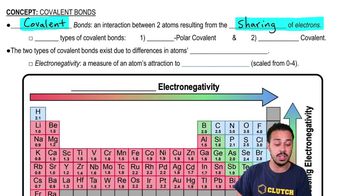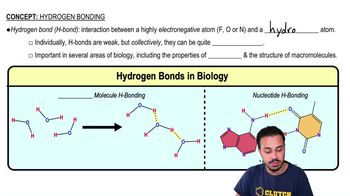Classify each of the molecules on the left as an acid, base, or salt. The dissociation products of the molecules are shown to help you.
MgSO₄ → Mg²⁺ + SO²₄⁻
 Verified step by step guidance
Verified step by step guidance



Classify each of the molecules on the left as an acid, base, or salt. The dissociation products of the molecules are shown to help you.
MgSO₄ → Mg²⁺ + SO²₄⁻
DRAW IT Diagram the electronic configuration of a carbon atom.
Radioisotopes are frequently used to label molecules in a cell. The fate of atoms and molecules in a cell can then be followed. This process is the basis for questions 1-3.
If Pseudomonas bacteria are supplied with radioactively labeled cytosine, after a 24-hour incubation period this cytosine would most likely be found in the cells’
a. carbohydrates.
b. DNA.
c. lipids.
d. water.
e. proteins.
Radioisotopes are frequently used to label molecules in a cell. The fate of atoms and molecules in a cell can then be followed. This process is the basis for questions 1-3.
If E. coli were grown in a medium containing the radioactive isotope ³²P, the ³²P would be found in all of the following molecules of the cell except
a. ATP.
b. carbohydrates.
c. DNA.
d. plasma membrane.
e. complex lipids.
Classify the following as subunits of either a carbohydrate, lipid, protein, or nucleic acid.
a. <IMAGE>
b. <IMAGE>
c. <IMAGE>
d. Thymine nucleotide
Which of the following is an organic molecule?
a. H₂O (water)
b. O₂ (oxygen)
c. C₁₈H₂₉SO₃
d. FeO (iron oxide)
e. F₂C=CF₂ (Teflon)